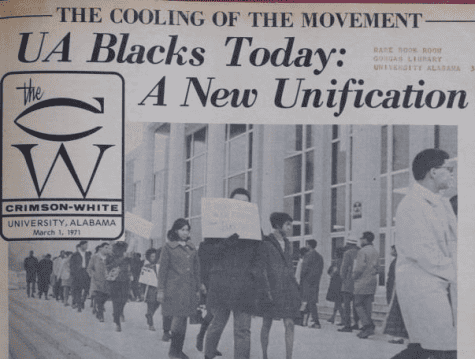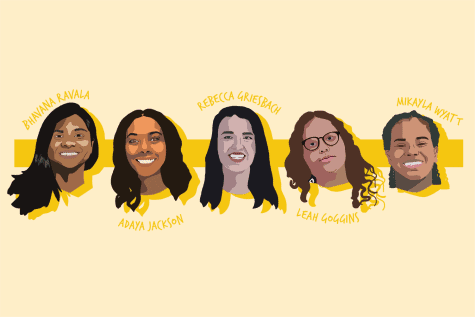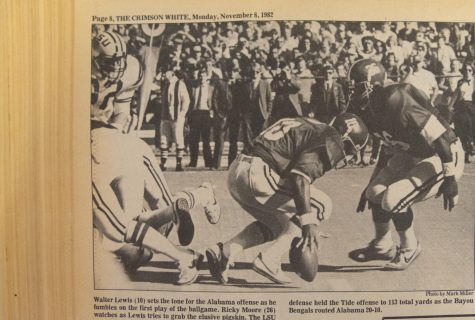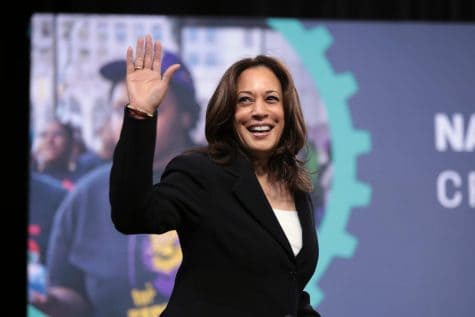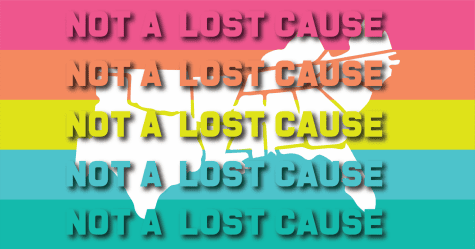How Black newspapers and magazines inspired social justice movements
From Freedom’s Journal to the University’s own 1956 Magazine, Black-helmed publications have been leading the charge for well over a century.
Black-owned newspapers and magazines have been an outlet for promoting equality and inspiring social justice movements. It’s a tradition that predates the abolition of slavery.
Black newspapers played crucial roles in the fight against slavery in the 1800s and against segregation in the 1900s, while also preserving an important part of Black history and culture.
Yet many Black newspapers and magazines only existed for a short time before demand went down and they went out of business.
According to an article from the Organization of American Historians, “despite their popularity, many newspapers faced issues of low circulations and had trouble securing advertisers, which meant constant financial insecurity…based on illiteracy rates and the ability of the average Black citizen to afford a newspaper subscription.”
But now, Black-owned magazines and newspapers are thriving and creating content that celebrate culture and enact change. Even on The University of Alabama’s campus, Black students were able to create a magazine that allowed them to carve out a space for themselves and create work that does what Black-owned magazines and newspapers have strived to do for years.
Tionna Taite founded the magazine Nineteen Fifty-Six in the fall of 2020. Taite, a sophomore majoring in news media on the pre-law track, pitched the idea for the magazine to the Office of Student Media, and it became the first Black student-led magazine at The University of Alabama.
Taite explained in the first edition that the magazine would be an outlet for Black excellence at UA. But Taite is just the most recent addition to a long list of people envisioning Black representation in the media.
1800s
The first Black-owned newspaper in the United States was Freedom’s Journal, a weekly publication created by Josh Russwurm, an abolitionist and publisher, and Samuel Cornish, a minister, abolitionist, publisher and journalist.
Founded on March 16, 1827, four months before slavery was abolished in New York, the newspaper fought against racism in the mainstream papers and published features on notable Black citizens.
According to research from PBS, “Freedom’s Journal denounced slavery and advocated for Black people’s political rights, the right to vote and spoke out against lynchings.”
After this first newspaper, many other Black-owned newspapers and magazines began to take off, including The Colored American, published from 1837-1841 by Cornish, Phillip Alexander Bell and Charles Bennett Ray, as well as three different newspapers started by Frederick Douglass.
Black-owned publications have sparked social movements since their conception. With Freedom’s Journal openly speaking out against slavery and for voter rights, other publications also began to address social issues.
Some of the most prominent Black papers stemmed from Douglass, who started The North Star, Frederick Douglass’ Paper and New National Era.
According to an article from The Library of Congress, Douglass’ papers “stressed Black self improvement.” In fact, one of the objectives of The North Star was to “promote the moral and intellectual improvement of the colored people.”
While fighting for racial equality, Douglass also fought for women’s rights. He attended the first Woman’s Rights Convention, even signing the Declaration of Sentiments which stated, “all men and women are created equal.” He later wrote about it in The North Star.
Many of the first Black newspapers were dedicated to the abolition of slavery.
Mary Ann Shadd, the first Black female newspaper publisher in North America, launched The Provincial Freeman in Canada in 1853 before promoting it throughout the United States.
The paper’s motto was: “Devoted to anti-slavery, temperance and general literature.” Shadd’s paper and many others were crucial in inspiring and increasing the anti-slavery movement.
According to an article from Phylon, The Atlanta University Review of Race and Culture, after slavery was abolished, Black publications turned to “more varied subjects, including art, literature, and science.”
While Black newspapers became popular in the 1800s, Black magazines began to emerge in the 1900s.
1900s
Pauline Hopkins founded Colored American Magazine in 1900, which was one of the first magazines made for a Black audience.
This magazine provided many jobs to middle- and upper-class African Americans who escaped or were freed from slavery. It covered topics ranging from business, the arts, education, medicine and politics.
The popular Black-owned magazine, Ebony, covered similar topics after its creation in 1945 by John H. Johnson, who was inspired by Life magazine and wanted to create a publication specifically for Black readers. Encyclopedia Britannica states that Ebony originally “highlighted African American entertainers and sports figures but has since shifted its editorial focus to include Black achievement of all sorts.” Ebony was geared toward middle-class African Americans and “was the first Black-oriented magazine in the United States to attain national circulation.”
Black publications also played a role in the Civil Rights Movement. According to an article from PBS, “as the Civil Rights movement developed, the Black press covered breaking events across the country.”
Black publications also developed coalitions to unite their fight for equality under one umbrella and create a dialogue among important Black advocates and thinkers, like the Associated Negro Press (ANP).
From 1919 until 1964, the ANP provided its newspaper members “with a twice-weekly packet of general and feature news that gave African American newspapers a critical, comprehensive coverage of personalities, events, and institutions relevant to the lives of black Americans.”
Black newspapers sent reporters into whites-only lunch counters to write about their experiences of being harassed and refused service. They also covered demonstrations and speeches by influential leaders.
2000s
Since the first Black magazine was published in 1945, many others are now in circulation, and they serve a variety of audiences. For example, Black Enterprise is a business and investment magazine, Essence is a Black women’s lifestyle guide, and The Root provides Black writers’ commentary on the news.
Currently, there are more than 200 Black community newspapers in the United States.
Today, Black newspapers have been providing important health information about COVID-19 to explain the pandemic’s disproportionate effect on Black people – again displaying their commitment to the fight for civil rights, health and safety of Black Americans.
Black newspapers and magazines were originally created to promote Black excellence and promote social change. While Black people are still fighting for equality in the United States, Black publications have changed drastically since the Civil War.
Today, Black publications have much more freedom to discuss a variety of topics and do not need to be solely dedicated to abolishing slavery or fighting against segregation. These publications continue to give Black people a platform to share their stories, viewpoints and advice in a setting specifically dedicated to Black excellence.



